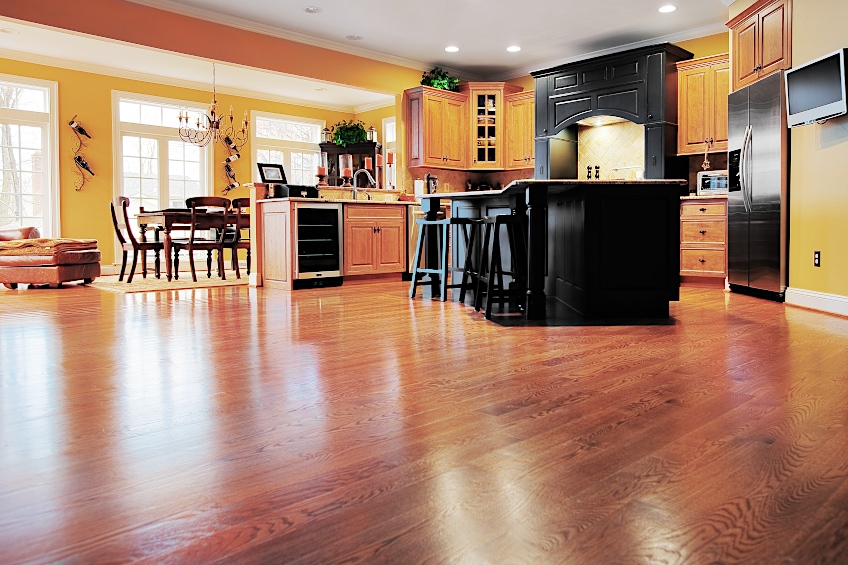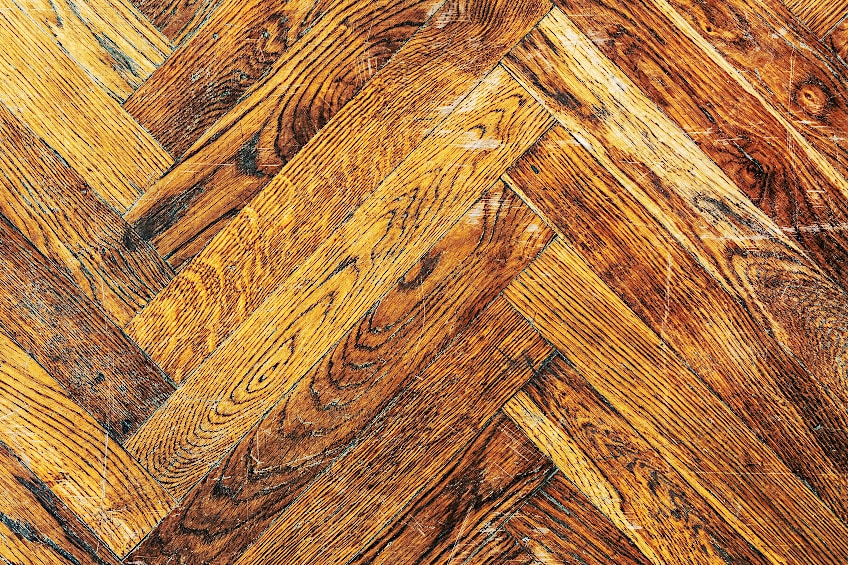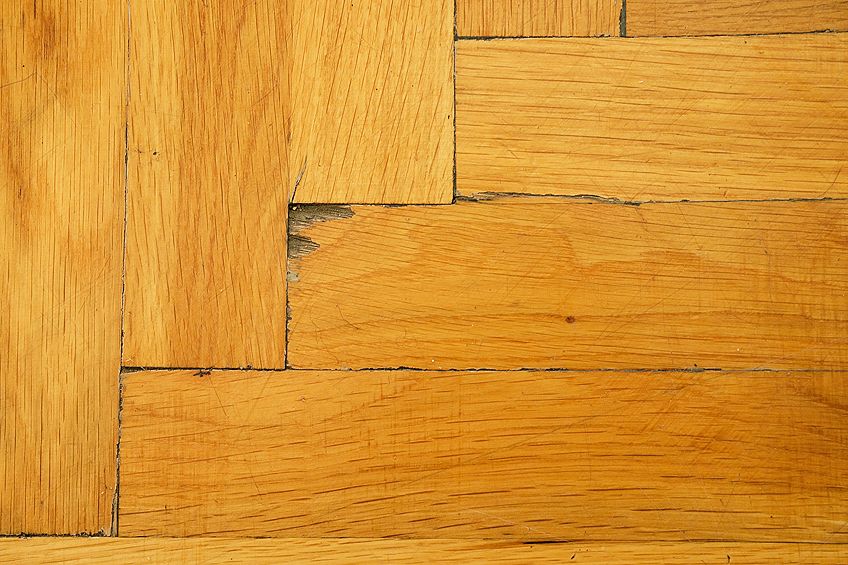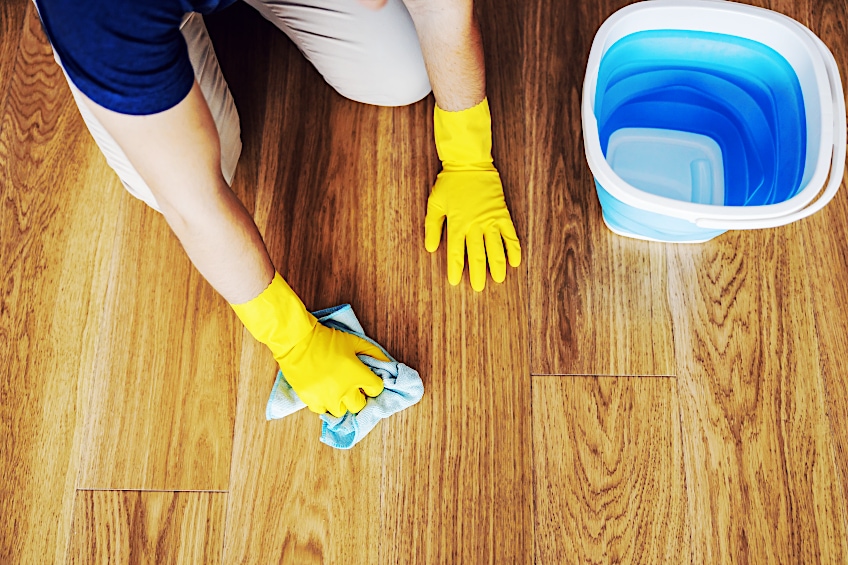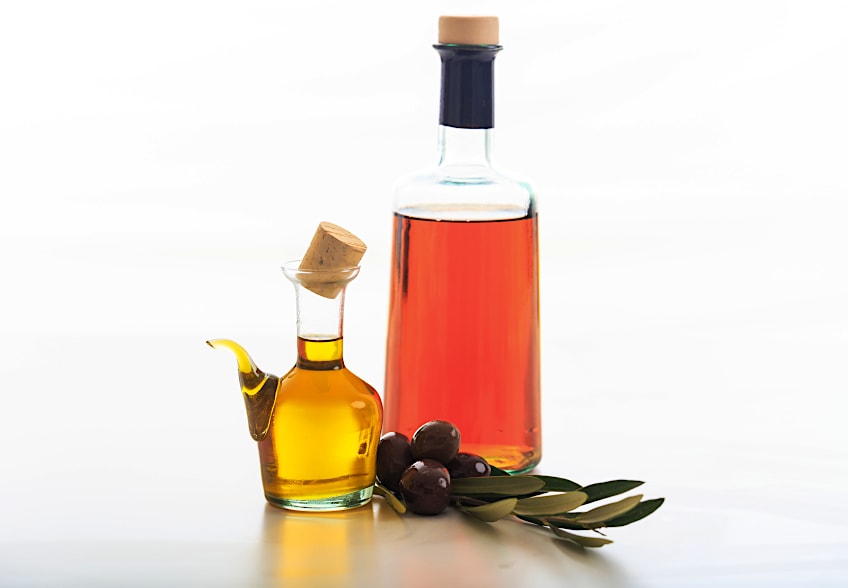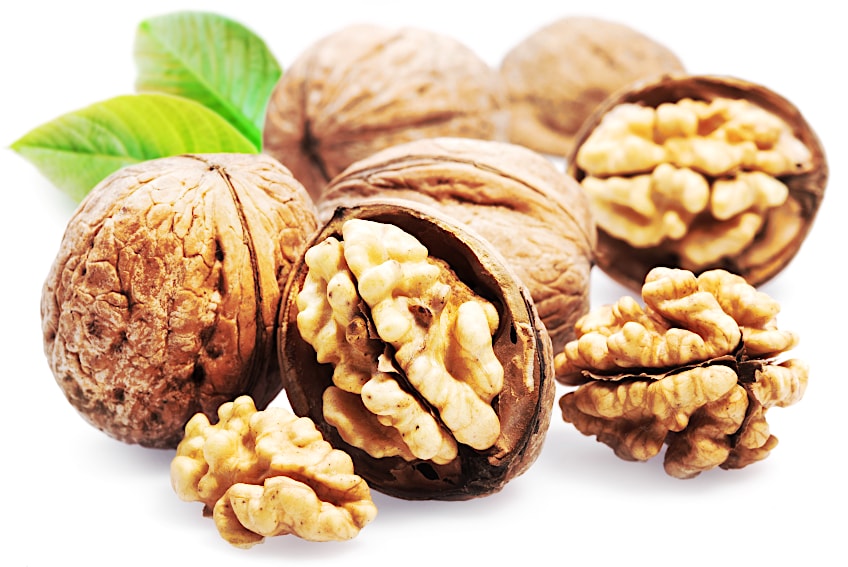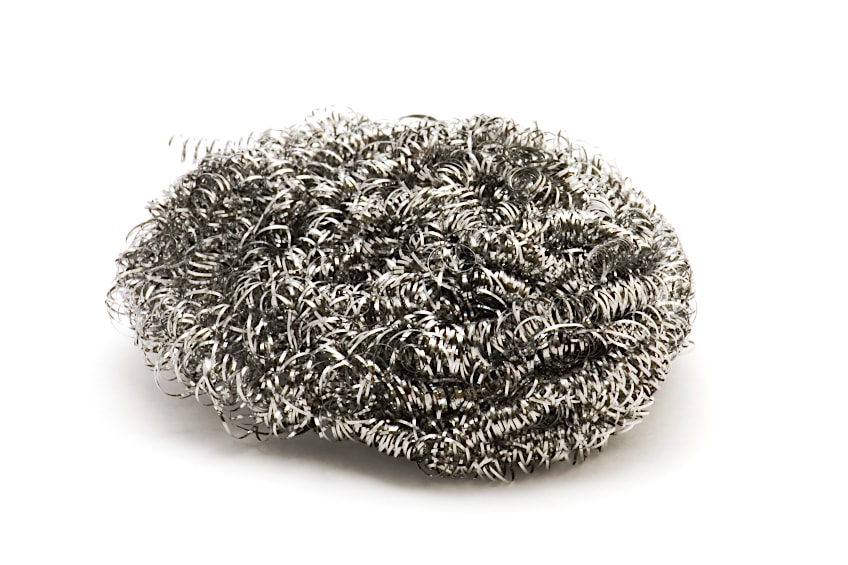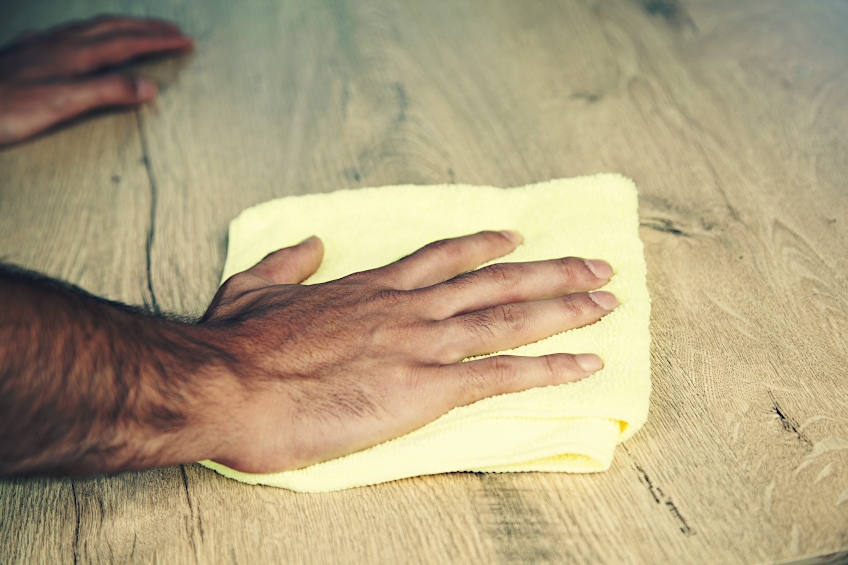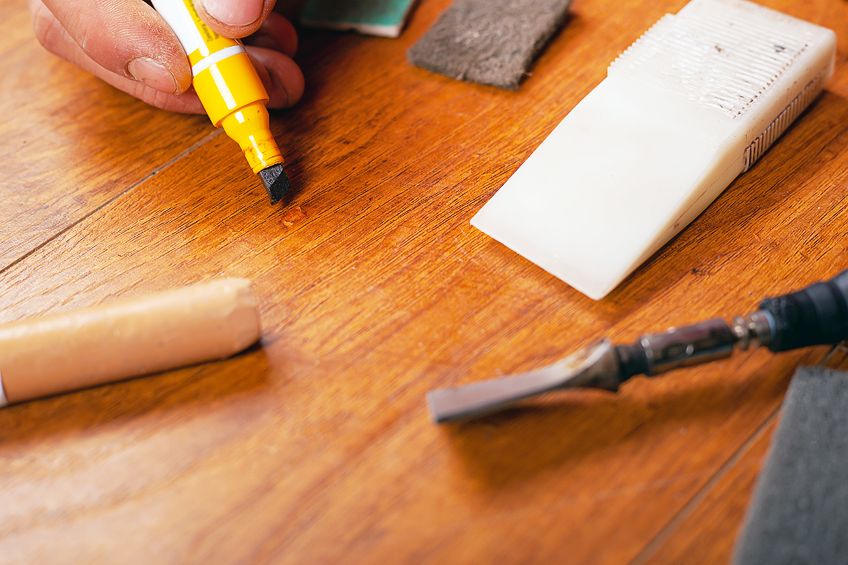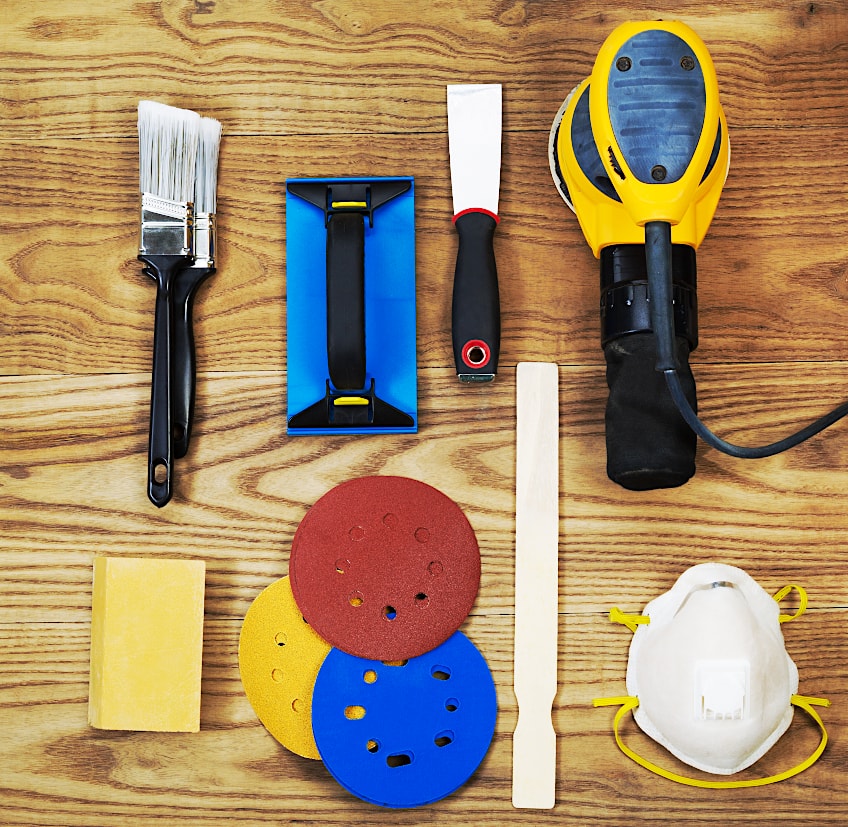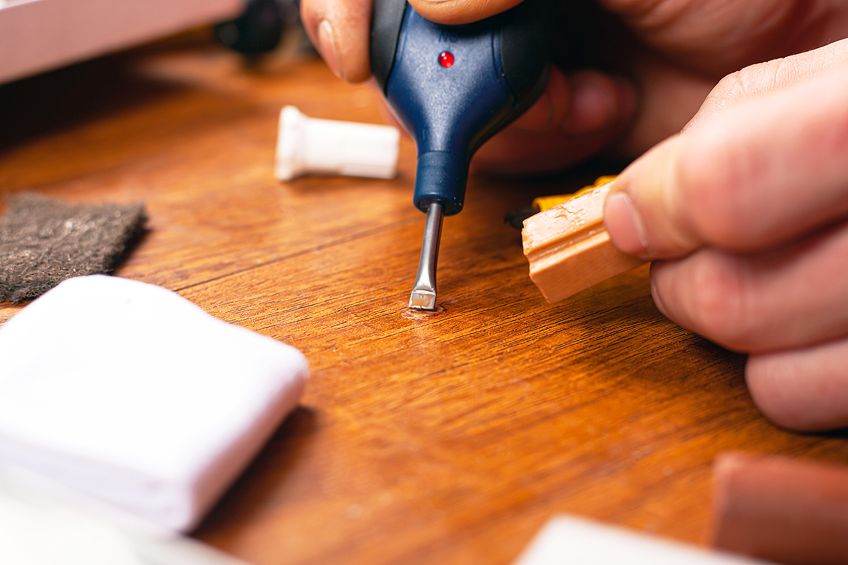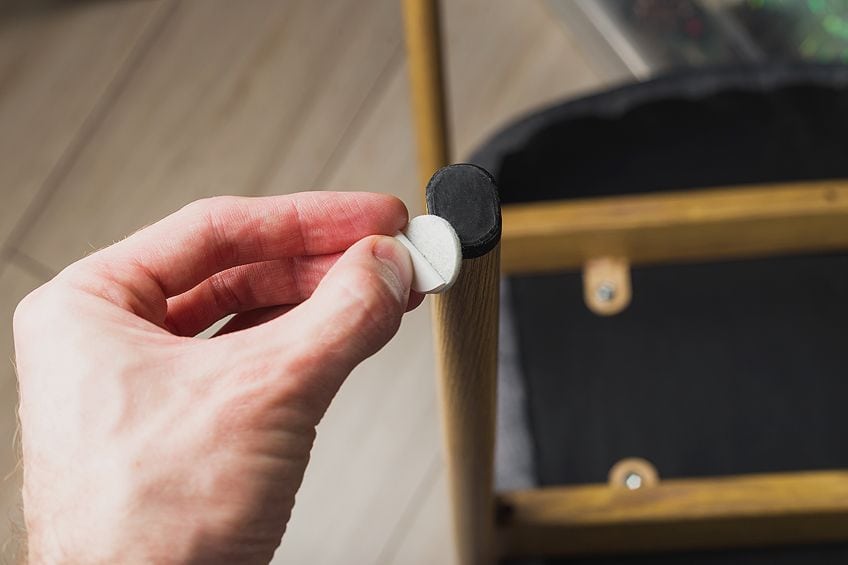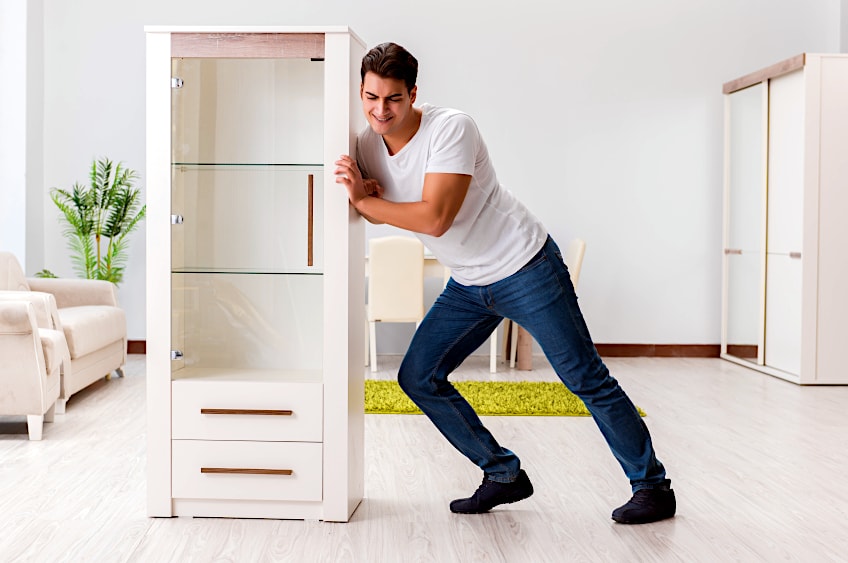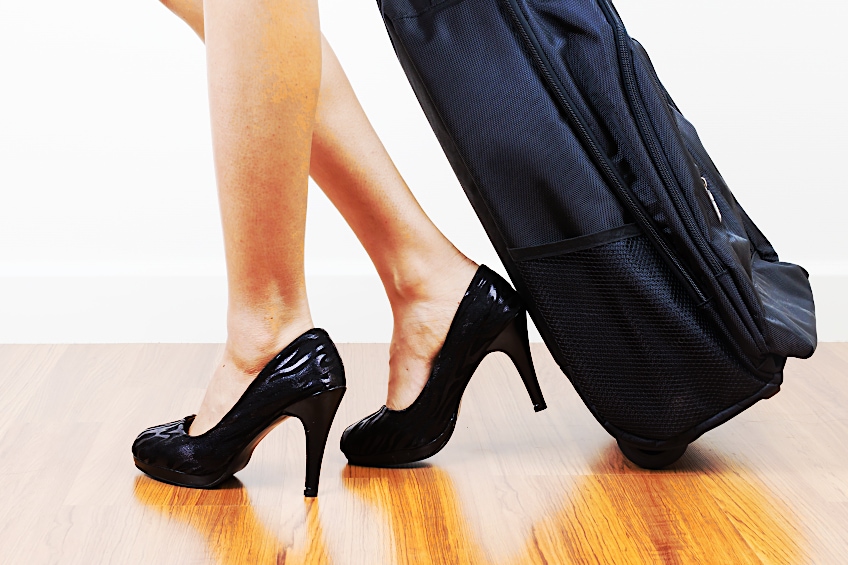How to Remove Scratches From Wood Flooring – Easy Floor Repair Tips
This post may contain affiliate links. We may earn a small commission from purchases made through them, at no additional cost to you. You help to support resin-expert.com
Magnificent hardwood floors may be harmed by routine use. Stepping in high-heel shoes or moving heavy furniture can be problematic, resulting in damages ranging from little scrapes to larger indents. Removing scratches from hardwood floors may simply necessitate a few simple fixes; nevertheless, the process for hardwood floor scratch repairs is based on a few variables. So, to make life simpler for everyone, we’ll take a deeper peek at several methods for repairing scratched hardwood floors.
Table of Contents
An Introduction on How to Fix Scratches on Wood Floors
When you buy a new house, you may fall in love with the beautiful hardwood flooring. Nevertheless, as years pass, you may begin to notice minor damage. Before attempting to solve the issue, it is important to understand the type of treatment on the wooden floors. Take into consideration the following:
- Is the wood stained or unfinished?
- Is it oil or water-based if it has a stained surface?
- Is a wax covering present?
- Is the floor finished with polyurethane? If so, is it water- or oil-based?
- Is an aluminum oxide layer present?
- Is the finish oil-based?
It is worth noting that aluminum oxide is used as a sealing upper layer on wooden flooring and has high abrasion resistance. The coat also protects against UV rays and will not degrade with age. Polyurethane, which comes in two major varieties and a variety of sheens, has comparable protection benefits for your wooden surfaces. Finding the type of coating on the wooden surfaces can assist you in selecting the best method to repair scratched wooden floors.
Applying a little amount of acetone to unnoticeable are of the floor is one way to determine the type of wood finish you’re dealing with. Some treatments, such as shellac, wax, or lacquer, will peel off, but polyurethane will not. The restoration method for removing scratches from hardwood floors varies depending on the finish. You cannot, for instance, use the same procedure for polyurethane-coated wooden flooring and wax-coated wooden flooring. You must determine if the finish is damaged or if the timber itself is marred. You should also scrutinize the depth of the damages or scrapes. Is the impact limited to little scrapes, or does it extend further?
A basic approach for repairing scratched hardwood floors can be used in certain cases, but for more extensive damages, you will need to up the ante. The ideal approach is to start with the easiest method and then progress to more complicated techniques if the basic ones do not succeed. It is recommended to thoroughly clean the surface first before you start the restoration methods. Any filth, dirt, or dust must be cleaned away. If necessary, wash both the nearby region and the inside of the scrapes or fissures.
Before you begin your hardwood flooring scratch repair, any wax coating or polish buildup on the floor can be easily removed using a wax stripper.
A Guide on How to Remove Scratches From Wood Flooring
So now you know how to identify what kind of finish your hardwood has, we will discuss how to fix scratches on wood floors. As previously said, your approach will be determined by the nature and depth of the damage. Is it only a surface scratch, or is it a deeper scrape? Let’s go through some step-by-step directions for each situation.
Scratches on the Surface
Repairing damaged wooden floors with only minor scratches is the simplest task. This indicates that the wooden finish has only been mildly impacted and has not entered the wood. You will require the following items:
- A fine towel or cloth
- Cleaner for hardwood floors
- Coating for wood
- Water
Firstly, take the towel and wash out the surface layer with the hardwood floor cleaner – you don’t want any dust or grit creeping below the surface when you finish it later. Then, using a clean towel bathed in liquid, wipe off the area once again. Allow the surface to dry fully before applying the protective coat, which might be lacquer or another sealer, for instance. Permit this to dry completely. This should only be administered to the damaged surface.
A blend of apple cider vinegar and olive oil is a less complicated technique. Mix the ingredients in equal parts and dab the mixture on the mark. Allow this to sit overnight or for the afternoon, then wipe the area with a towel. You may also use baking soda and several droplets of oil instead of using vinegar. Another odd approach for removing scratches from hardwood flooring is to use walnuts.
Rub the damaged area with a simple uncooked walnut, working with the wood grain. Try passing over the spot many times until the marks vanish. Brush your fingertips over the affected region and leave it alone for a few moments. The oils found in walnuts will absorb into the wood. If you then buff the spot with a clean cloth, the scrape should be gone. Walnuts are poisonous to pets, so be sure the room is spotless before bringing in any animals. For the scratches, you may also apply any oil, such as coconut oil. There are also other retail goods, such as the Old English scratching shield for dark woods. Wood stain markers can also be used, although they will merely conceal the scratches rather than repair them.
Lighter Scratches
These scrapes go a bit further, reaching the wood behind the protected layer. You will require a clean cloth as well as some water to wipe the area in this case, or you may use wood cleaner. Other elements required are:
- Steel wool or ultrafine sandpaper
- Wax sticks or wood markers
After cleaning and drying the area, use steel wool or sandpaper to gently wipe over the damage. Always massage in the direction of the wood grain until the marks are no longer visible. Feather and buff the immediate area softly to aid in mixing but don’t overdo it with the Brillo pads. Then, select a wax stick that complements the hue of your floor. Permit the wax stick to rest for about 10 minutes after rubbing it over the polished area. Clean the surface after buffing it softly with a clean cloth.
Depending on the depth of the scrape, you can alternatively try using a wood marker first after cleaning the floor. Test the marker color on an inconspicuous location first, and if pleased, draw over the damage with the marker.
Deeper Scratches
This can be a bit more difficult, and you may want to hire an expert to do it. Otherwise, you’ll need to be confident stripping, fixing, and restoring the wood surface if you want to obtain the best outcomes without inflicting more harm. This restoration process entails utilizing wood fillers and sanding the surfaces. All restorations begin with washing the area and letting it dry before proceeding.
Applying Wood Filler and Sanding
While applying a wood filler to fix a hardwood floor damage, use a putty filler that approximately resembles the wood. Paste the filler to the deep scrape or gash using a putty knife. Allow the filler to dry before smoothing up the wood surface with sandpaper. After cleaning the area with a towel, add a protective layer. Allow this to completely dry before resuming stepping on the area.
Dealing with Polyurethane
Before you can start restorations, you must first peel away the polyurethane coating around the damaged area. After cleaning away all dust, oil, and debris, soak a scrubbing pad in natural solvents. Gently massage the affected area and then dry it thoroughly with a towel. Allow it to dry before proceeding with the wood filler and lastly apply another protective layer of polyurethane over the wooden area.
Various Techniques for Repairing Scratched Hardwood Floors
| Type of Damage | Repair Method |
| Surface Scratch | Wood pen markers or a fresh protective coat, or domestic things such as baking soda, apple cider vinegar, and walnuts will help. You can also utilize commercial items. |
| Light Scratch | Light sanding with steel wool or sandpaper, followed by a wax stick. You may also use a wood restoration marker. |
| Deeper Scratch | This will require wood filler and then sanding, as well as a fresh, new protective layer over the region. |
| Very Damaged | This may need the assistance of a specialist, particularly if it has a polyurethane finish. You may also need to repair and replace wood flooring. |
A Guide on How to Prevent Damage to Hardwood Floors
It is generally preferable to avoid any harm to your wooden floor. Regrettably, you might not always monitor everything, but you may attempt to apply a few preventative measures to avoid big problems. The first stage in keeping your hardwood floors looking nice is to take care of and preserve them. This will assist to maintain the floor clean and will allow you to detect any concerns relatively soon.
Use a soft cloth or mop to clean the floors, along with a decent wood floor solvent. Choose one wood cleaner that is appropriate to use around animals and does not leave a mark. If you are ever moving furniture, make sure to use cushioning beneath, as pulling large furniture along a hardwood floor is a recipe for disaster. Beneath chairs and tables, you may also use durable felt or rubber mats.
If possible, try to arrange lighter furniture on the floor. Heavy traffic is another source of damage to wooden floors. Wood is fairly durable, but it might be destroyed if people walk about in high heels all the time. Other kinds of shoes may also be responsible for creating damage, so try wearing gentler indoor footwear and keeping the sharp and filthy shoes at home. Animals, with jagged nails rattling about all day, are another source of anxiety. Make sure to keep their claws trimmed on a regular basis to prevent more scratches on the hardwood floor.
Helpful Tips for Hardwood Floor Scratch Repair
As previously stated, prevention is the ideal choice, but if you do end up with scrapes on your wooden flooring, the first step must be to assess the damage. This will then assist you in determining the best repair approach. Here are a few additional pointers:
- Ideally, choose a wood marker or color that exactly resembles your wood surface.
- Wood fillers are also available in a variety of hues.
- It is not possible to refinish a polyurethane floor if you waxed it.
- If you have a lot of damage, you might have to refinish the flooring completely. For the greatest results, this should be done by specialists.
- Some recently placed flooring may still be covered under warranty, so proceed with caution.
- Preventative is always preferable, therefore strive to adhere to the prevention strategies to avoid most situations entirely.
- To avoid additional scratches, use a plastic putty knife while applying wood filler.
- Please ensure to cleanse the area before beginning any repairs.
And that concludes our guide on how to remove scratches from wood flooring. If you follow this guide you will easily be able to repair scratched wooden floors. Simply take our instructional guide step-by-step to complete your own hardwood floor scratch repair.
Frequently Asked Questions
What is the Best Way to Remove Scratches from Wood Flooring?
You must first determine the extent of the damage. Are the scrapes just on the surface, or are they deeper? Depending on the nature of the damage you will choose a restoration procedure, which will range from disguising a scratch with wax pens or wood markers to filling it in with wood filler and finishing it off by sanding. Begin with the easiest approach, such as massaging some oil into the scratch. If this doesn’t work, you’ll have to adopt a more intensive approach.
Can I Use Vinegar and Oil to Help Repair Scratched Wooden Floors?
Yes, you can use an equal quantity of olive oil and apple cider vinegar. Saturate the scratches in this solution for at least a full day. Clean the surface with a towel and reapply as needed, or until the marks are gone. Do not use this procedure too frequently since vinegar is caustic and may damage your wood finish.
Can I Fix Scratches on Wood Floors with Household Products?
There’s the oil and vinegar approach, but you may also make a paste by replacing the vinegar with baking soda. You can also use mayo or toothpaste; merely spread the mixture, leave for a few minutes, and wipe away. These treatments are more suited for minor scratches. Before repairing something, always make absolutely sure the wooden area is cleaned.
How Do I Use Walnuts to Repair Scratched Wooden Floors?
Rub the region with a raw walnut, working with the wood grain. Try passing over the spot many times until the marks vanish. Brush your fingertips over the affected region and leave it alone for a few moments. The oil in walnuts will be absorbed by the wood. If you then buff the spot with a clean cloth, the scrape should vanish. Walnuts are poisonous to pets, so be sure the room is spotless before bringing in any animals.
How Do I Repair Scratched Polyurethane?
Before you can start restorations, you must first peel away the polyurethane coating. After cleaning the area, soak a scrubbing pad in natural solvents. Gently massage the affected area and then dry it thoroughly with a towel. Allow it to dry before proceeding with the wood filler and lastly apply another protective polyurethane layer over the wooden area.
Can Magic Erasers Be Used on Hardwood Floors?
We do not recommend using a Magic Eraser on hardwood flooring. Because a Magic Eraser may be harsh on wood, it is better not to apply this to remove marks and scratches as it may aggravate the situation. You do not want to make even more work for yourself.


